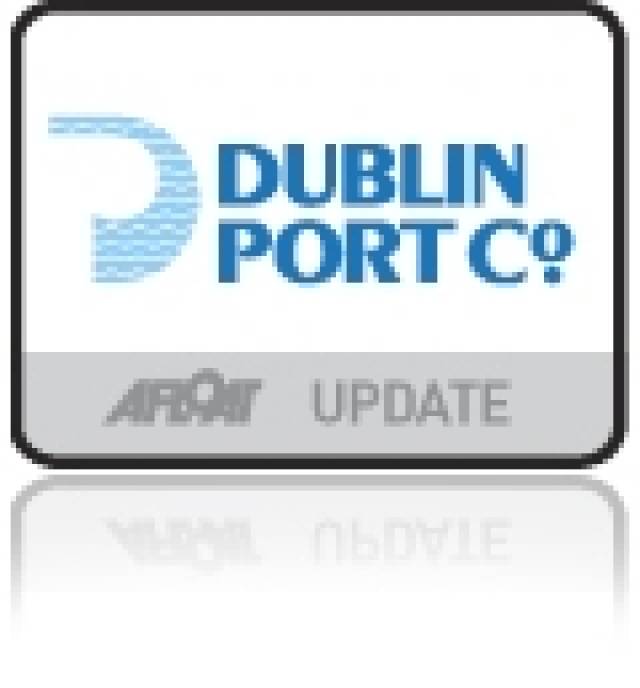#DublinPort - New Ardmhéara/Lord Mayor of Dublin Críona Ní Dhálaigh took to the waters of Dublin Bay to perform Dublin Port’s annual ‘Casting of the Spear’ ceremony, a tradition dating back 527 years.
This was the Lord Mayor’s first official duty as Honorary Admiral of Dublin Port following an investiture ceremony on the quayside, where she received the Admiral’s hat – a traditional, two-cornered bicorne – from Dublin Port Company chief executive Eamonn O’Reilly.
The title of Honorary Admiral of Dublin Port has been bestowed on the Lord Mayor of Dublin for over 20 years.
Historical records show that the maritime tradition of Casting the Spear dates back to 1488 when Thomas Mayler, who was then Lord Mayor of Dublin, rode out on horseback and cast a spear as far as he could into the sea to mark the city’s boundaries eastwards.
Centuries later, the re-enactment ceremony reminds us of Dublin’s position as a port city in medieval times and highlights Dublin Port’s remarkable history since its establishment as a trading post some 1,200 years ago.
Joining the Lord Mayor of Dublin for the Casting of the Spear were members of the local port communities as they celebrated the launch of the 28th annual South Docks Festival.
The latest edition of the annual maritime festival runs this week from 20-24 July, organised by St Andrew’s Resource Centre in collaboration with local groups and clubs, including Pearse Area Recreational Centre. The week is a celebration of the local communities, their heritage and traditional association with the docks, and offers a lively programme of activities for all ages.
Speaking earlier today (Tuesday 21 July), the Lord Mayor said the Casting of the Spear “is a time-honoured tradition that I am delighted to continue as Lord Mayor of Dublin and Honorary Admiral of Dublin Port.
"It’s a wonderful tradition that brings to life the rich maritime history of our capital city and port for the people of Dublin. Long may it continue for generations of Dubliners. I was glad not to have to test the old Irish saying 'Báthaidh toll beag long mhór - a little hole will sink a big ship.'"
Also speaking at the ceremony, Dublin Port Company's Eamonn O’Reilly said the tradition "brings us back in time to medieval Dublin and reminds us of the port’s evolving links with the city. It’s over half a millennium since the then Lord Mayor Thomas Mayler set the city’s boundaries by casting a spear into Dublin Bay.
"Today is a celebration of that tradition and the memory of Thomas Mayler. It also encourages us to reflect on the wealth of maritime stories in Dublin Port’s history, which we are committed to preserving for the city and people’s understanding of Dublin as port city.
“Local events such as the South Docks Festival celebrate the unique identity of local communities and their long-standing links with the port. I am delighted to see the 28th South Docks Festival launch today and wish the organisers and volunteers every success. There is a fantastic programme of events on offer and I would encourage people to join in the celebrations and make it a festival to remember.”
































































